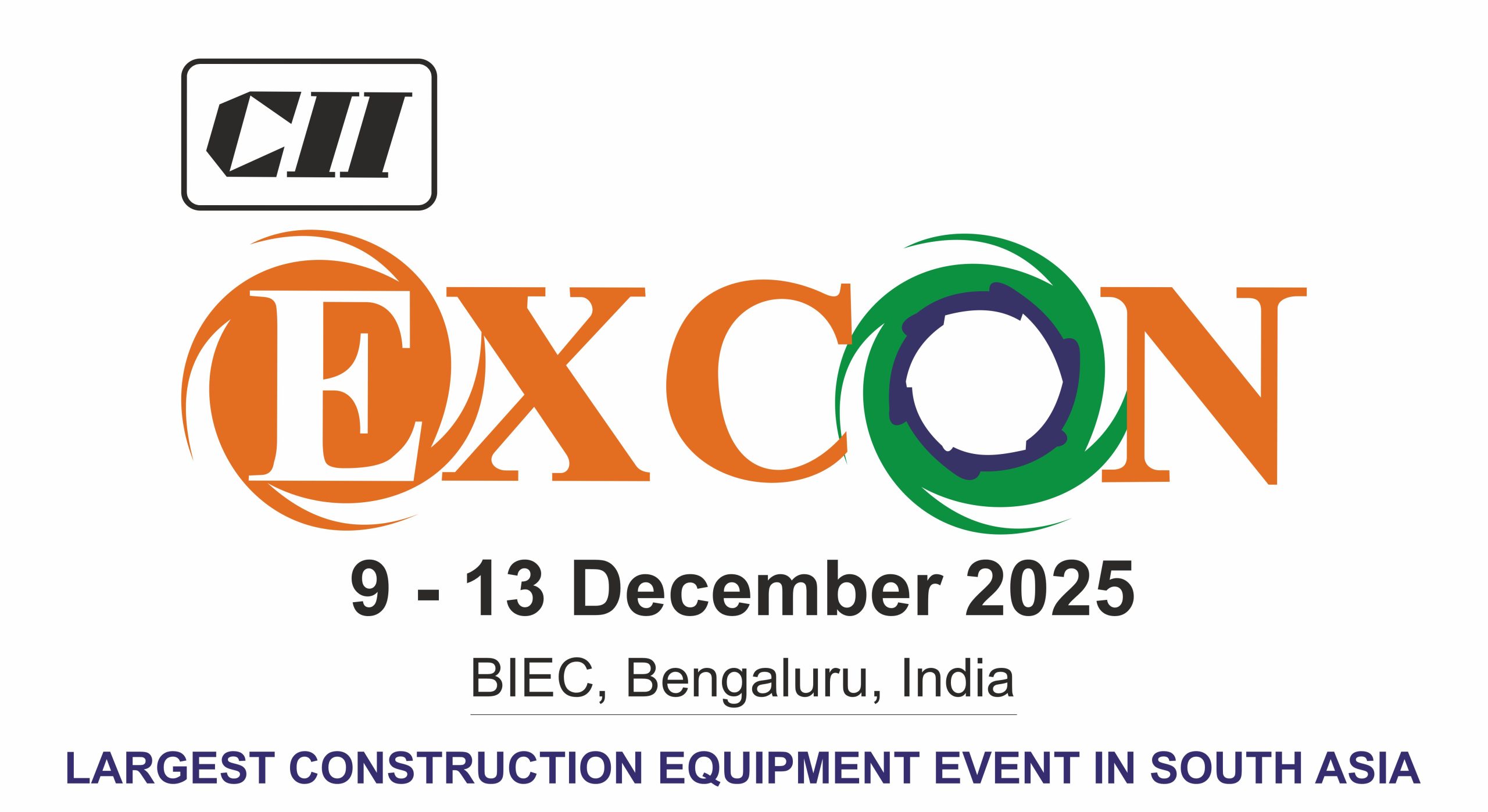India’s power infrastructure is rapidly transforming as global supply chain dynamics, particularly in renewable energy and battery storage, shift away from traditional epicenters. Over the past year, India has seen impressive growth in its solar PV manufacturing capacity, now at 58 GW across 111 sites with plans to add another 60 GW by 2030, reinforcing the move from import dependence to domestic capability.
Despite this growth, India still relies heavily on imported machinery and critical minerals, mainly from China and Europe, for its solar panels and batteries . The government has responded with targeted incentives, including a $2.1 billion production scheme and a $627 million battery storage initiative, aiming to build capacities and boost energy security.
Grid infrastructure is also evolving: large-scale hybrid parks like Bhadla (2 245 MW) are complemented by HVDC upgrades and smart-grid solutions to manage intermittent renewable output. Meanwhile, energy storage systems, essential for grid stability are growing, supported by falling global battery prices and ambitious tenders.
In sum, India is recalibrating its power ecosystem, accelerating renewables, building local manufacturing, modernising grids and scaling storage. These measures strategically position the country to prosper amid global supply chain realignments and meet its 2030 energy goals.
How India Is Reinventing Energy Infrastructure Amid Global Supply Chain Changes
Date:










